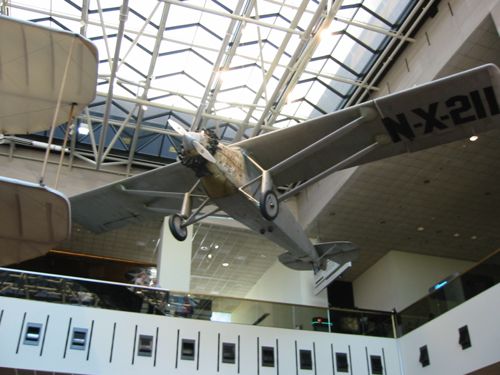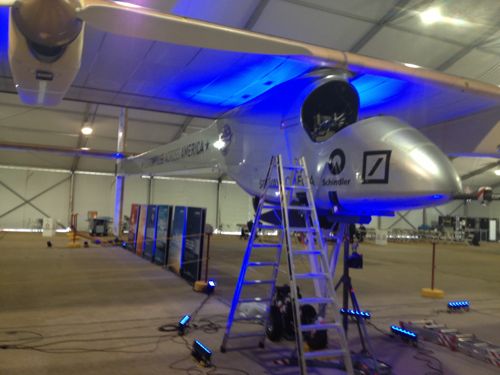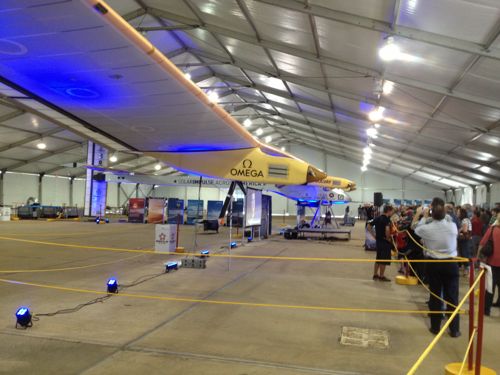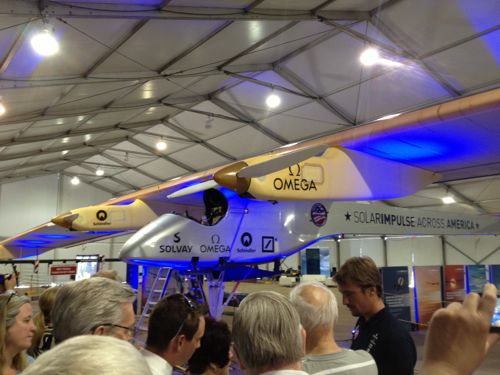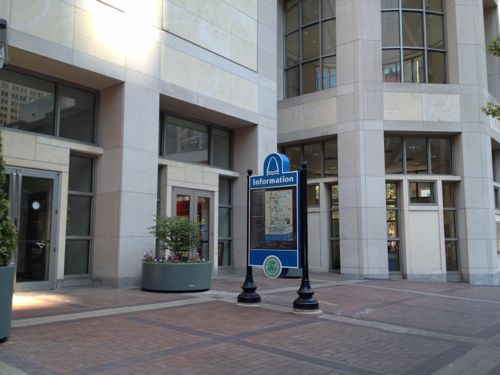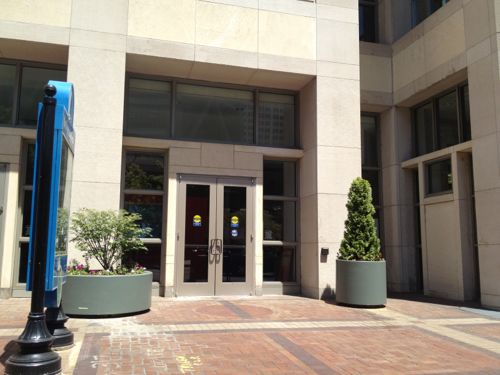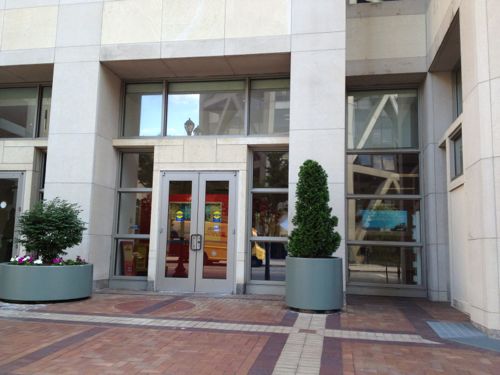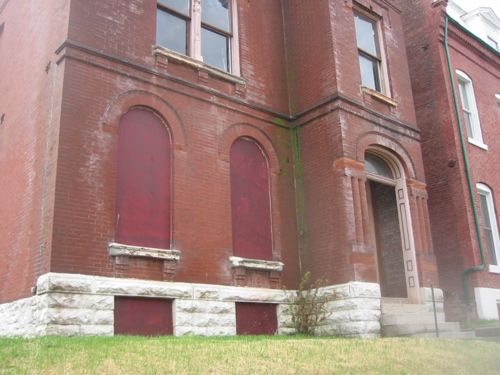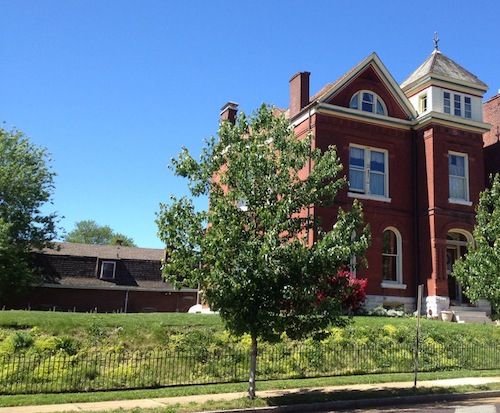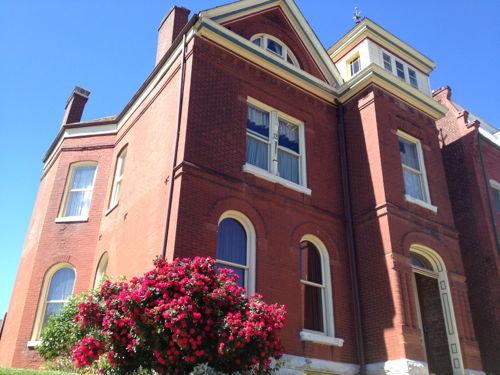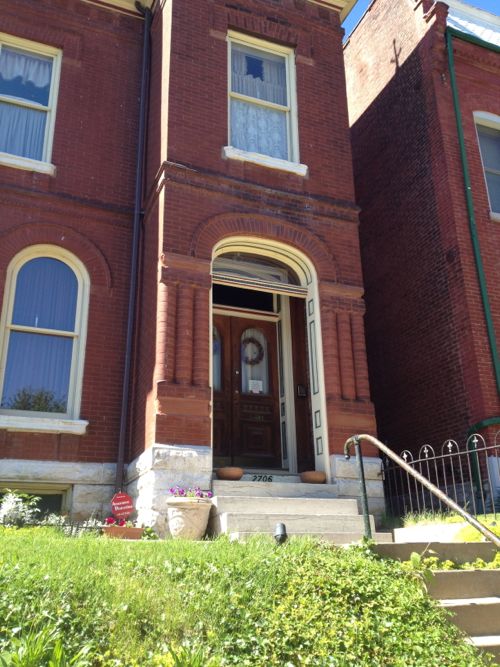Poll: Your Thoughts on Ald Bosley’s Solicitation For Tuition Money?
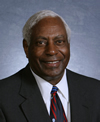
Last week we learned Ald. Freeman Bosley Sr. (D-03) sent a letter asking help covering $14,276 of a $38,890 bill to the private Xavier College in Chicago.
So the longtime city politician sent an unusual letter to friends and supporters, asking them to provide $14,274 he says is the outstanding balance of his daughter’s upcoming bill at St. Xavier University in Chicago.
“Although the help from scholarships and grants has paid for nearly twenty-five thousand dollars, the remaining balance is still a challenge,” Bosley wrote in the undated letter obtained this week by the Post-Dispatch. (stltoday)
You can view the letter here. Freeman Bosley Sr. is 78, his son, former mayor Freeman Bosley Jr. will turn 59 next month. Just how old is this daughter? Forty-five?
Bosley tells us that his daughter, Kenya Young-Bosley, who is turning eighteen next month, will attend St. Xavier University in Chicago this fall and eventually wants to go to law school. He says that she has maintained a 4.0 GPA and is in the top 2 percent of her class. (Riverfront Times)
Many bright young people attend public colleges, but Bosley seems to have a different view:
But it is a comment made to News Channel Five that continues to ruffle feathers. Bosley,Sr said, “Why would I want to send a child that can do that (get 97%) over four years over to a public university when her intent is to become a lawyer?
“It doesn’t make sense to send her out to Forest Park, now would it.” (KSDK)
“Forest Park” is a reference to St. Louis Community College at Forest Park. Most of us know there are numerous public colleges in Missouri such as University of Missouri, University of Missouri – St. Louis, and Harris-Stowe State University. Heck, at Harris Stowe she should feel right at home.
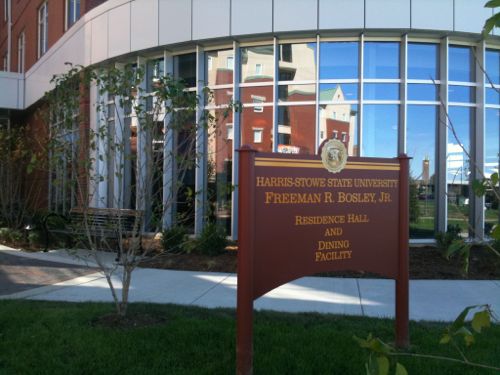
Bosley Jr. attended Saint Louis University, a private school, for undergraduate & law school. As mayor he helped Harris Stowe take over part of the land that was once LaClede Town, part of the urban renewal project that razed the area known as Mill Creek Valley.
Back to Bosly Sr.; apparently officials from the Missouri Ethics Commission say he didn’t violate any laws. Not surprising, Jefferson City isn’t keen on regulation of industry or politicians.
When questioned by numerous news outlets, Ald. Bosley indicated he would return any checks if he receives any.
Which brings me to the poll question for this week: Ald Bosley sent a letter to supporters asking for help paying the remaining $14,276 private college tuition for his daughter he couldn’t cover. Reaction?
Has the media blown this out of scale? Is this a major violation of public trust? Vote in the poll in the right sidebar then add your comments below.
— Steve Patterson
